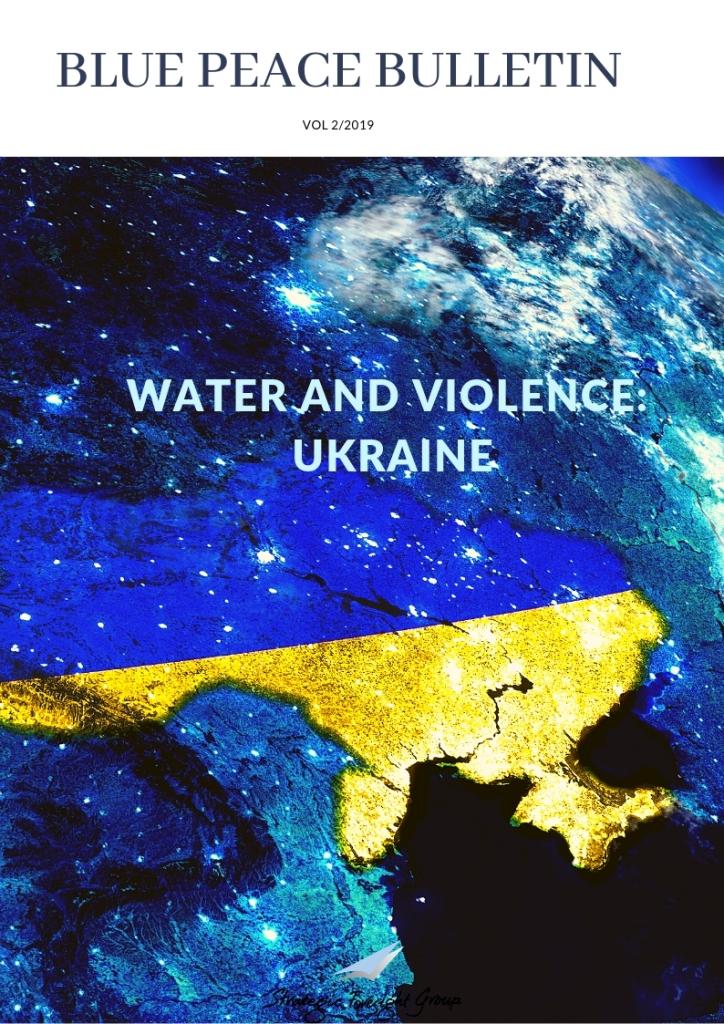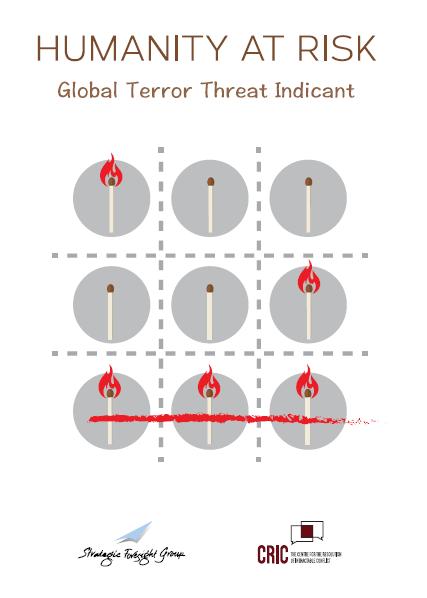Pakistan�€™s Forgotten People
|
|
April, 2009
By Rohit Honawar
|
The last eight years have seen the meteoric rise of Pakistan from virtual political obscurity to a nation caught in the unfortunate tussle for power and legitimacy between the government and those that dare to challenge its existence. The rise of an indigenous Taliban coupled with the entrenchment of local and international terrorist organisations has meant that Pakistan has willingly or unwillingly �€“ the point is debatable �€“ taken on the unenviable position of being the �€œmost dangerous place on earth�€. Yet, the fact of the matter is that a significant number of Pakistanis have been thrust into a daily existence of which they want no part. One such group is the country�€™s Internally Displaced People (IDPs) from the tribal areas and the frontier province. Forced to flee their homes when conflict between the army and militants engulfed the area, these people have been �€“ cheated by the government; forgotten by their countrymen and; marginalised by the international community. Yet their importance to Pakistan is unmistakable and must be recognised if the country is to achieve some semblance of stability in the long term.
Away from the battlegrounds of NWFP and FATA, Pakistan�€™s cities had remained relatively unscathed from the �€˜war�€™. However, the recent attacks by Tehreek-e-Taliban Pakistan (TTP), which have been carried out with growing impunity and frequency have shaken the foundations of Pakistani society - indicating that every stretch of the country is susceptible to terrorist strikes. For the most part, the international response has been to focus on engaging Pakistan�€™s civilian government and army into strengthening institutions, eradicating terrorism and securing the cities; meaning that the plight of the IDPs has remained relatively unnoticed.
The issue of displacement in Pakistan has been primarily confined to the Swat Valley, FATA, Balochistan, and along the Line of Control (LoC). However given the current climate in the country, it is the people from the former two areas who could play an integral role in stabilising Pakistan�€™s future. The largest displacement in Pakistan�€™s history occurred in 2007 in the Swat Valley of NWFP, with reports suggesting that somewhere between 400,000 to 900,000 people have fled their homes after fighting ensued between Taliban leader Maulana Fazlullah, the son-in-law of Tehreek-e-Nifaz-e-Shariat Muhammadi (TNSM) leader Sufi Muhammad and government forces �€“ resulting in the destruction of property and several thousand civilian casualties. Similarly, UN estimates suggest that close to 600,000 people have been displaced from FATA as Pakistan�€™s army have engaged militants loyal to TTP leader Baitullah Mehsud and, other Taliban factions.
In recent months the government and the TNSM have been calling on IDPs to return to their homes, citing an improvement in conditions through the recently brokered and government approved Nizam-e-Adl Regulation. While some have heeded, most have chosen to remain with relatives or in refugee camps, despite the horrific conditions and challenges to their daily existence. However, the alternative of living under Taliban imposed restrictions, where girls are denied education, is one of several reasons dissuading people from returning. In addition, most of the refugees have nothing to return too, with the army�€™s indiscriminate tactics having destroyed thousands of homes in the area. Furthermore, given the fragility surrounding the deal between the NWFP/Federal government and the TNSM, there is a fear that the truce might soon break down, leaving neither side trustworthy.
The government has thus far been unable to provide adequate facilities and shown little compassion to the thousands of displaced people �€“ leaving virtually the entire population of a province disillusioned and scared. The inability of the government to reconstruct damaged property and rehabilitate IDPs has led to an influx of people into Karachi, Lahore, Rawalpindi and Islamabad �€“ most of whom are unemployed and whose children are forced into begging and petty crime for lack of educational opportunities. As the recent Mumbai attacks and those in Lahore have highlighted, children with low levels of schooling and/or forced to live on the fringes of an apathetic society, are easy prey for terrorist organisations with a propensity to indoctrinate idle minds.
Apart from terrorism, Pakistan�€™s inability to confront the challenge at its root could exacerbate the growing humanitarian crisis. Realistically, the country is ill-equipped to provide for the thousands of displaced persons seeking refuge across its expanse, meaning that there is a need for greater accountable international assistance on the non-military front. Japan�€™s recent pledge of $5 million was a step in the right direction. However, with aid organisations estimating that the figure should be closer to $100 million, there is still a considerable distance to go. The upcoming �€˜Friends of Pakistan�€™ Donors Conference in Tokyo should see more non-military aid being promised to Pakistan, although it is imperative that the meet is not hijacked by issues concerning security and terrorism �€“ as important as they might be.
In the long term, providing for the IDPs is not only the obligation of the democratic government of Pakistan but, could help rebuild the beleaguered province. Ensuring that the displaced people are cared for socio-economically is likely to instil a greater sense of responsibility towards the state, rather than hostility. Given that the situation in NWFP and FATA is virtual anarchy, the government can only stand to benefit by having the support of the region�€™s inhabitants. Undoubtedly, the success of this plan is largely dependent on how the other factors - stability of government, international response, military options, security scenario and public perception unfold. Yet for the moment, the choice is Pakistan�€™s �€“ continue to ignore the plight of the IDPs and face additional challenges to the country�€™s existence and path to recovery or, rehabilitate and win the support of the IDPs to give the government that little bit more, but crucial likelihood of saving Pakistan�€™s future.
Related Publications
Related latest News
Related Conferences Reports
-

P5 Experts Roundtable on Nuclear Risk Reduction
Download:Geneva Roundtable Report
-

Roundtable on Global Security and Catastrophic Risks
Download:Report on RT revise





